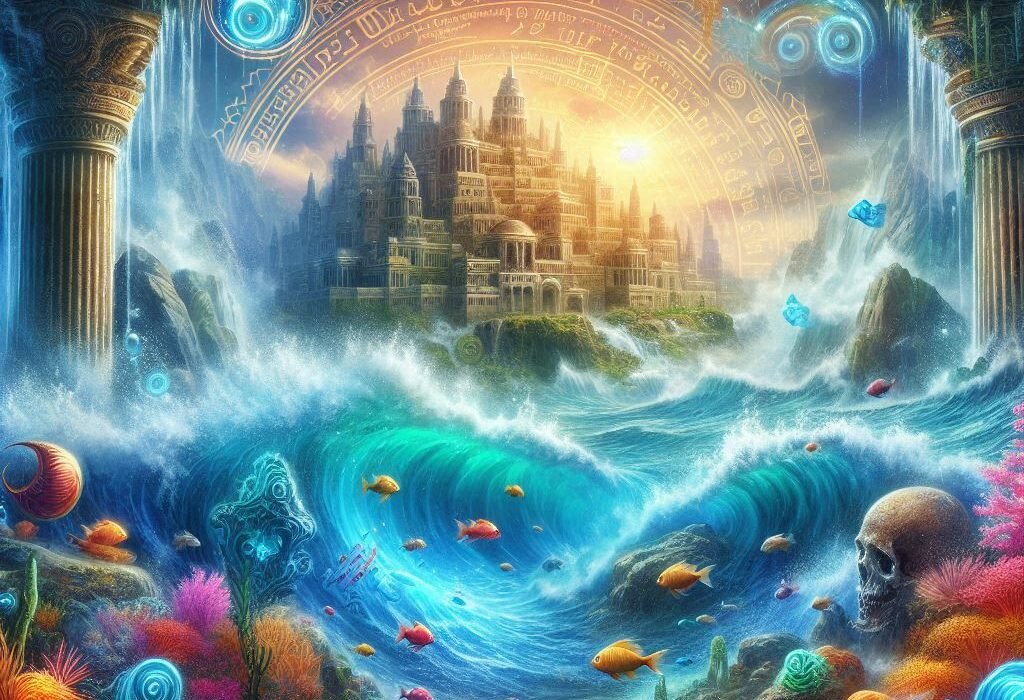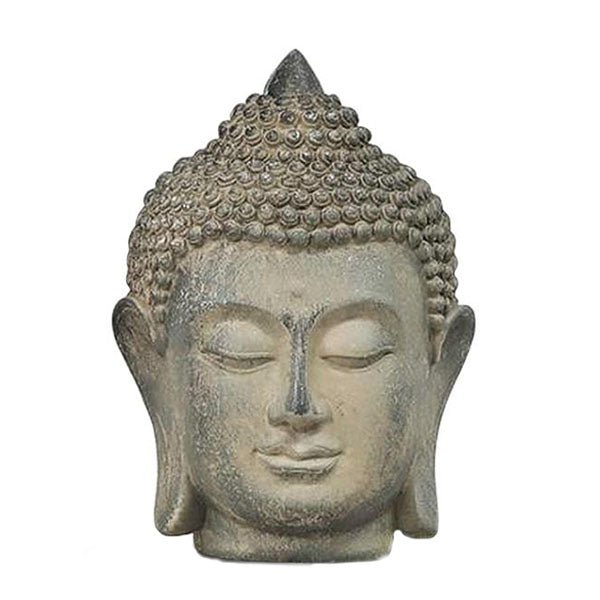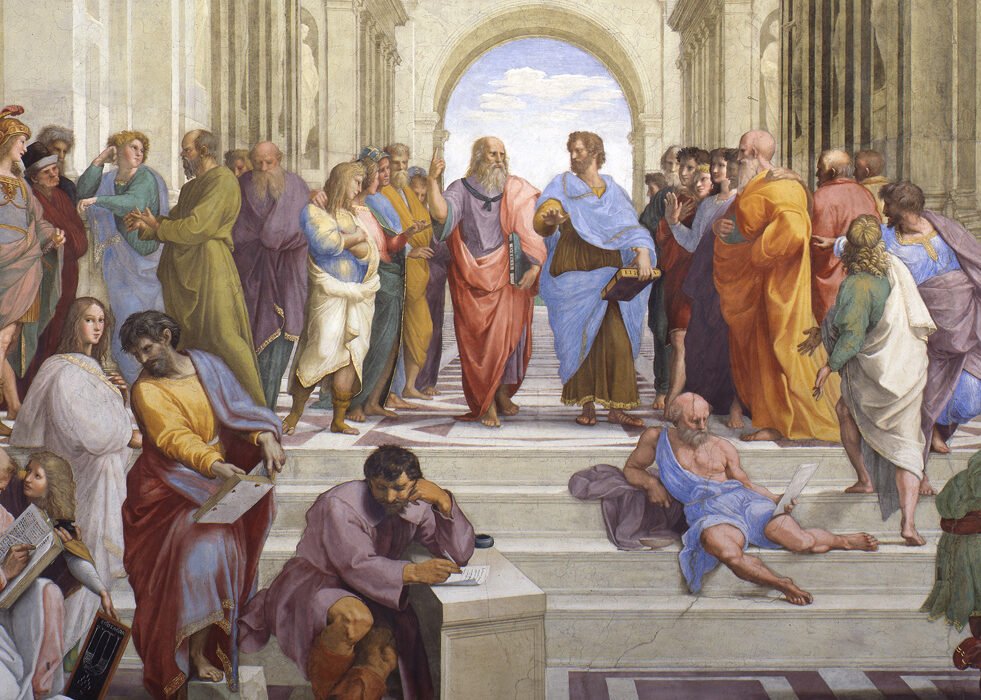For millennia, humans have gazed at the stars, meditated in caves, danced around sacred fires, and entered trances seeking connection with something greater. Across continents and civilizations, there exists a profound and persistent belief: that communication with higher realms—dimensions beyond our physical world—is not only possible but has shaped the course of human history. But is this just myth and imagination, or could the ancients have truly made contact with higher forms of intelligence, consciousness, or divinity?
Today, in a world dominated by scientific empiricism, such ideas are often dismissed. Yet a closer look at the myths, spiritual practices, architecture, and astronomical knowledge of ancient cultures tells a different story—one that suggests our ancestors may have possessed tools, rituals, and awareness that allowed them to bridge the veil between the material world and higher dimensions. This article explores the ancient world through the lens of sacred knowledge, spiritual experiences, and transcendent contact.
The World as Temple: The Sacred Foundation of Civilization
Unlike today’s secular outlook, ancient civilizations viewed the world as fundamentally sacred. Nature was not inert matter but alive and animated by spirit. Mountains were seen as the abodes of gods, rivers were deities, and the stars were the eyes of the divine watching from above. This holistic cosmology meant that the boundary between human and divine, earthly and cosmic, was permeable.
Temples were not just places of worship—they were designed as microcosms of the universe, vibrationally aligned to higher planes. Their construction followed sacred geometry, planetary alignments, and principles of harmonic resonance. In Egypt, the Temple of Dendera wasn’t merely a stone structure—it was an energy hub designed to facilitate communication with celestial beings. In India, the Vastu Shastra and Agama scriptures dictated precise temple architecture meant to resonate with cosmic energies.
These places were not symbolic. They were considered functional interfaces—“star gates” through which the soul, in altered states, could access higher realms.
The Sacred Technology of the Mind
While we often marvel at ancient technologies of stone and metal, perhaps the most sophisticated tool the ancients developed was the human mind itself. Across cultures, initiates, shamans, priests, and yogis were trained for years—sometimes decades—to refine their consciousness, master their breath, and enter altered states of awareness. These were not flights of fancy. They were disciplined, repeatable techniques for shifting perception and accessing otherworldly intelligence.
In ancient Egypt, the priesthood underwent intensive initiation in underground chambers, sensory deprivation, and meditation. The goal? To awaken higher faculties—sometimes referred to as the “Eye of Horus,” which modern scholars associate with the pineal gland, often called the “seat of the soul.”
In Vedic India, yogis practiced intense austerities and advanced techniques like kumbhaka (breath retention), mantra japa, and dhyana (meditation) to enter samadhi, a state of divine absorption. Many claimed to communicate directly with Devas—beings of light, cosmic forces who guided creation.
Indigenous cultures across the Americas, Africa, and Oceania similarly developed shamanic methods to “journey” beyond the physical. Through rhythmic drumming, ecstatic dance, fasting, isolation, and plant medicine, shamans contacted spirit guides, ancestors, and even extraterrestrial beings, receiving visions, prophecies, and healing knowledge.
Were these merely hallucinations? Or did they open portals to real, non-physical dimensions? The consistency of experiences across time and geography suggests the latter.
Messages from the Stars: Celestial Beings and Astronomical Temples
The night sky was a canvas for the ancients—a realm not only of stars, but of gods, messengers, and watchers. Myths across the globe tell of beings who came from the stars to teach humanity, build civilization, or guide human destiny.
In Sumer, the Anunnaki were described as powerful beings who descended from the heavens, bringing agriculture, laws, and sacred knowledge. While mainstream scholars interpret these stories as symbolic or mythological, alternative researchers like Zecharia Sitchin propose that they describe real beings—possibly from another planet.
In Egypt, Thoth—the god of wisdom, magic, and writing—was said to have come from Atlantis or the stars. His teachings formed the basis of the Hermetic tradition, which speaks of ascension, alchemy, and communication with divine intelligences.
The Dogon people of Mali possess knowledge of the Sirius star system that modern science only recently confirmed, including the existence of a dense companion star (Sirius B). They say this information was given to them by beings from Sirius who visited in ancient times.
What’s more, sacred sites around the world are aligned with celestial bodies. The pyramids of Giza mirror Orion’s Belt. Stonehenge marks solstices with eerie precision. Teotihuacan, Chaco Canyon, and Angkor Wat all incorporate solar and lunar calendars. Why such obsession with the stars? Were they mapping the heavens, or were they building cosmic communication tools?
Dreams, Oracles, and Divine Downloads
In the ancient world, dreams were not dismissed as nonsense. They were portals to the divine, or as the Greeks called it, the Oneiros realm. Temples like the Asclepion in Epidaurus were dream incubation centers, where the ill and the devout would sleep in sacred chambers and receive healing visions from the gods.
The Oracle of Delphi, perhaps the most famous seer in the ancient world, spoke in cryptic tongues after inhaling vapors from the Earth. While skeptics chalk it up to natural gas hallucinations, many initiates reported astonishingly accurate and profound messages from Apollo through the Oracle—guidance that changed the course of history.
Prophets in Judeo-Christian traditions—from Ezekiel’s wheel of fire to John’s Revelation—also described vivid visions of otherworldly beings and realms. They saw angelic hierarchies, vast celestial cities, and cosmic battles. Were these metaphors? Or real interdimensional experiences?
The Vedic Rishis—seers of ancient India—received entire volumes of sacred scripture through direct revelation. The Rigveda, one of the oldest texts on Earth, was “heard,” not composed, in states of deep meditation. These sages claimed the knowledge existed eternally in the Akasha—a spiritual field accessible through elevated consciousness.
Plant Medicine, Sacred Rituals, and the Spirit World
In the Amazon rainforest, shamans consume ayahuasca, a brew made of two plants that—when combined—produce powerful visions and contact with intelligent spirits. The shamans insist that the plants themselves taught them how to make the brew. Under its influence, people report meeting beings of light, ancestral guides, or even extraterrestrial entities.
In pre-Columbian Mesoamerica, the Olmecs, Mayans, and Aztecs used psilocybin mushrooms, peyote, and other entheogens in sacred rituals. Their priests and oracles claimed to enter higher realms, speak to gods like Quetzalcoatl, and receive guidance for agriculture, astronomy, and governance.
In ancient Greece, the Eleusinian Mysteries were sacred rites performed annually for nearly 2,000 years. Participants drank a kykeon—possibly a psychoactive brew—and underwent a dramatic reenactment of the myth of Persephone and Demeter. The experience was said to grant visions of the afterlife and spiritual awakening so profound that secrecy was enforced under penalty of death.
Modern neuroscientific studies on psychedelics show that these substances quiet the default mode network of the brain—the part responsible for ego—and allow access to expanded consciousness. Could this be the same “opening of the third eye” that ancients spoke of?
The Pineal Gland: Ancient Gateway to the Divine?
Many ancient cultures associated spiritual awakening with a mysterious gland in the center of the brain: the pineal gland. Called the “third eye” in Eastern traditions, the “Eye of Horus” in Egypt, and possibly the “seat of the soul” by Descartes, the pineal gland has long been linked to altered states and spiritual vision.
This small pine-cone-shaped gland appears in ancient art across cultures. The staff of Osiris and the sculptures of Sumer both feature pine cones. In Vatican City, a massive pine cone statue called the “Pigna” sits prominently, a curious symbol in the heart of Catholicism.
Modern science confirms that the pineal gland produces melatonin and possibly dimethyltryptamine (DMT)—a powerful molecule that some call the “spirit molecule” due to its role in mystical experiences.
If the ancients knew how to activate or stimulate the pineal gland through breathwork, sound, fasting, or ritual, then it may indeed have served as their bridge to higher realms.
Who Were the Beings of the Higher Realms?
If the ancients communicated with higher realms, then who—or what—were they contacting?
Descriptions vary, but consistent archetypes emerge: radiant beings of light, winged messengers, serpentine teachers, cosmic architects, ancestors, and gods. These intelligences were often described as non-physical, hyper-intelligent, and vastly compassionate (though some myths describe fearsome entities as well).
The ancient Gnostics believed in a hierarchy of celestial beings—the Aeons—emanations of the One Source. They taught that the material world was shaped by a lesser god (the Demiurge), but true knowledge (gnosis) came from the higher Pleroma—the realm of light.
Similarly, the Neoplatonists spoke of a ladder of reality, ascending from the material to the divine, with human consciousness capable of climbing it through contemplation and virtue.
In Eastern traditions, devas, bodhisattvas, and celestial Buddhas inhabit realms beyond our perception. In Islam, angels and jinn (spirits) populate the unseen world. In Kabbalistic Judaism, the Tree of Life maps ten divine emanations, each representing stages of creation and paths of ascent.
Across all traditions, one truth remains: the universe is alive with intelligence, and we are not alone.
The Fall and the Forgetting
If ancient peoples had this profound connection to higher realms, why was it lost?
Many traditions speak of a “fall”—a decline in human consciousness. In Hindu cosmology, we are currently in Kali Yuga, the darkest age, where spiritual clarity is obscured. Gnostic texts speak of the human soul being trapped in illusion. Plato’s myth of Atlantis describes a once-great civilization destroyed when its people became materialistic and corrupt.
Colonization, war, and organized religion also played roles in suppressing spiritual practices. The burning of sacred texts, the demonization of indigenous rituals, and the rise of dogma over direct experience all contributed to the amnesia.
But many believe this knowledge was never truly lost—only hidden, waiting for humanity to be ready once again.
Conclusion: The Veil Grows Thin Again
In the 21st century, something is changing. Mystical experiences, near-death encounters, lucid dreams, and spontaneous awakenings are becoming more common. Science is beginning to validate what mystics have long said: that consciousness may not originate in the brain, and that the universe may be teeming with dimensions beyond the physical.
From quantum physics to neuroscience, from breathwork retreats to ayahuasca ceremonies, from ancient texts to modern awakenings—humanity is once again brushing against the veil.
Did the ancients communicate with higher realms? The overwhelming evidence suggests: yes. And perhaps more importantly, they left us the keys to do the same. The temples, the symbols, the mantras, the breath—all are waiting for those with eyes to see and hearts to remember.
The gods have not gone silent. The stars still speak. The doorway is not lost.
It is within you.






